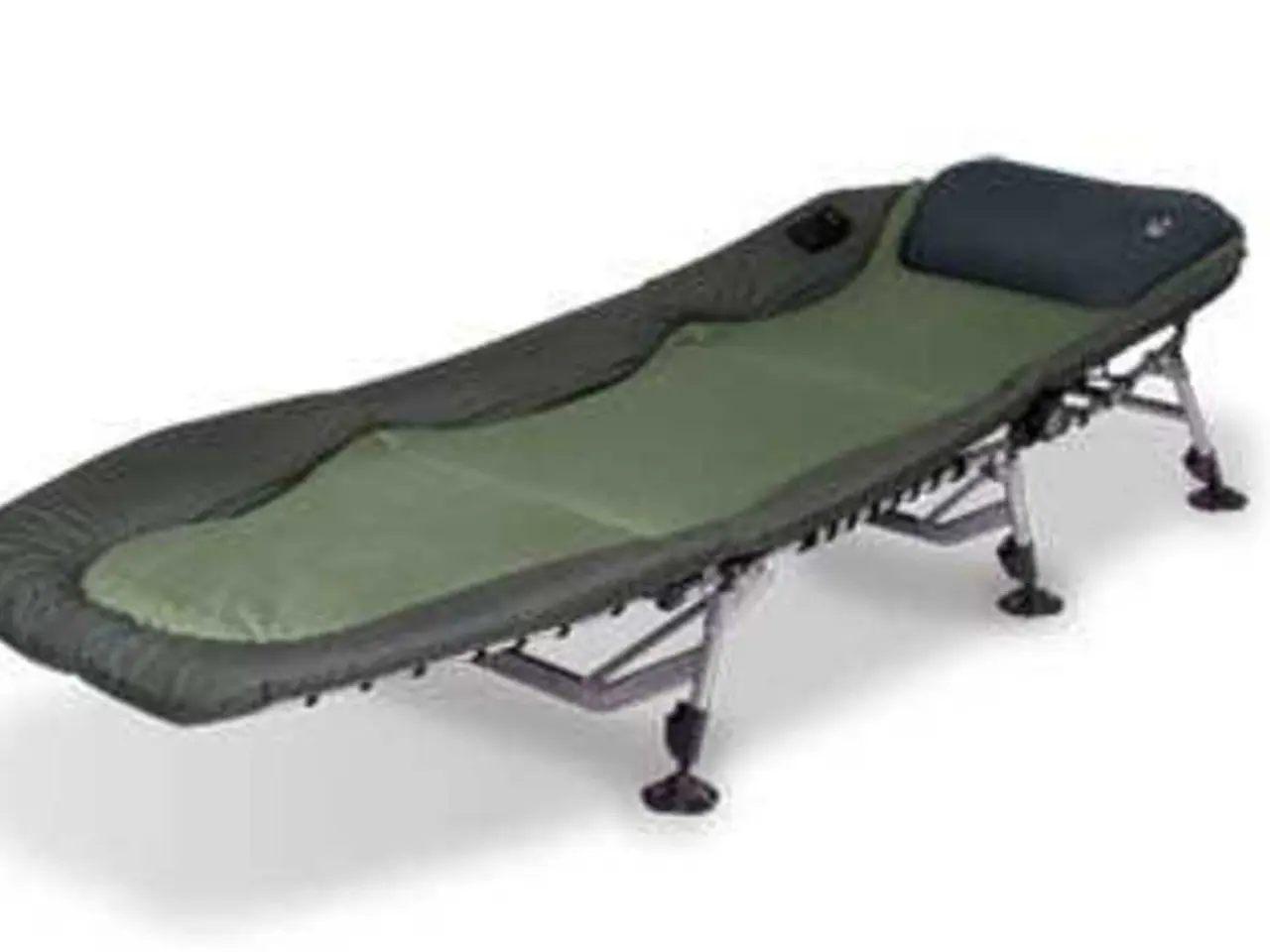The Significance of Exercise in Healing from Slipped Discs
For those recovering from a slipped disc, also known as a herniated disc, a balanced and guided approach to physical activity is crucial. Here's a guide to some recommended exercises and activities to aid in the recovery process, all under the supervision of a healthcare professional.
## Effective Physical Activities
1. **Walking**: A gentle stroll is an excellent starting point. It helps reduce stiffness and alleviate muscle spasms. Begin with short sessions, and gradually increase duration if it does not worsen symptoms.
2. **Gentle Stretches**: - **Knee-to-Chest Stretch**: This stretch maintains hip flexibility and eases lower back tension. Lie on your back, gently pull one knee towards your chest, hold for 30 seconds, and then switch sides. - **Piriformis Stretch**: Tight glutes can increase disc pressure, so stretching the piriformis muscle can help alleviate symptoms. - **Cat-Cow Stretches**: These stretches can be beneficial under professional guidance.
3. **Deep Core Stabilization Exercises**: Engaging deep core muscles helps stabilize the spine and can be done with simple movements like extending the opposite arm and leg while lying on your back.
4. **Guided Mobilization and Relaxation**: These exercises, often led by physical therapists, are tailored to the individual's needs and can help improve posture and strengthen abdominal muscles.
5. **Aerobic Activities (later stages)**: - **Stationary Bike**: Once the acute phase has passed, activities like cycling can be beneficial for maintaining cardiovascular health without high impact. - **Tai Chi or Pilates**: These low-impact exercises can help improve posture and strength, but should be done under supervision to ensure proper technique.
## Approach Under Healthcare Guidance
1. **Consult a Professional**: Always consult a healthcare professional, such as a physical therapist, to get personalized advice and ensure that exercises are safe and effective for your specific condition.
2. **Identify Directional Preference**: A professional can help identify the "directional preference," which is the movement direction that helps centralize pain, a key indicator of healing.
3. **Progress Gradually**: Start with gentle exercises and gradually increase intensity and complexity as your condition improves.
4. **Monitor Symptoms**: Stop immediately if exercises increase pain or numbness, and adjust the program accordingly.
5. **Combine with Other Therapies**: Incorporate advanced technologies and hands-on therapy as part of a comprehensive treatment plan.
By following these guidelines and working closely with a healthcare professional, individuals can effectively manage their slipped disc condition and progress towards recovery. Always remember to approach physical activity with caution during the recovery process, and never hesitate to seek professional advice. For more information, consider visiting a clinic for a detailed understanding of effective slipped disc treatment and recovery.
- Incorporating nutrition, exercise, and wellness into daily life can complement the recommended exercises for slipped disc recovery and overall chronic disease management.
- Maintaining a balanced diet rich in nutrients can help build a strong foundation for healing and prevent medical conditions associated with poor nutrition.
- Regular fitness and exercise, as part of a carefully designed plan under the supervision of a healthcare professional, can aid in the recovery process and help manage chronic diseases like slipped discs while promoting overall health and wellness.




